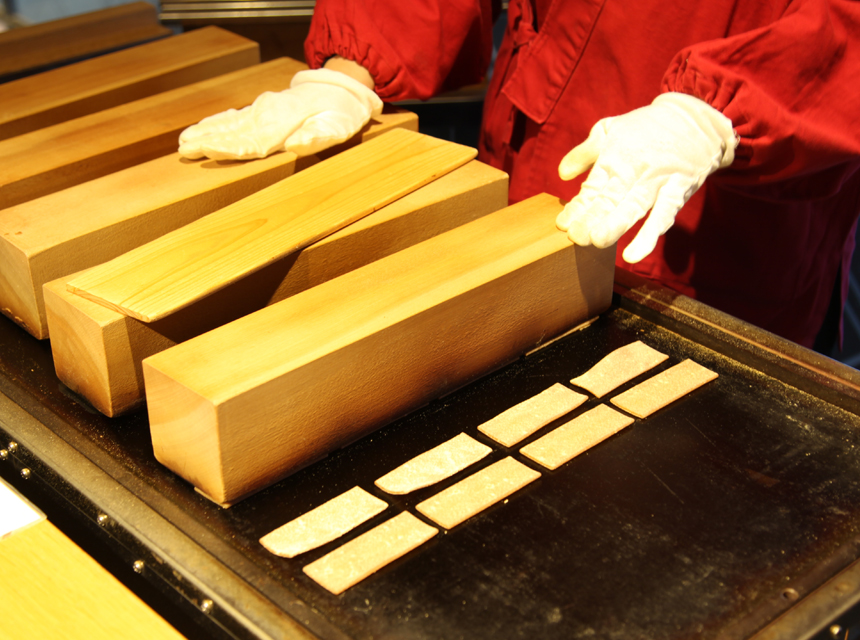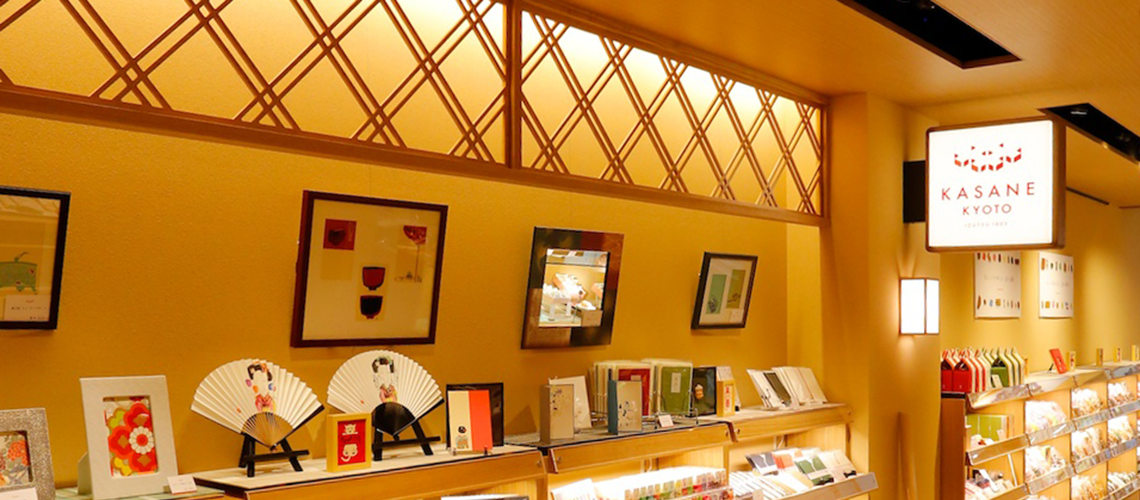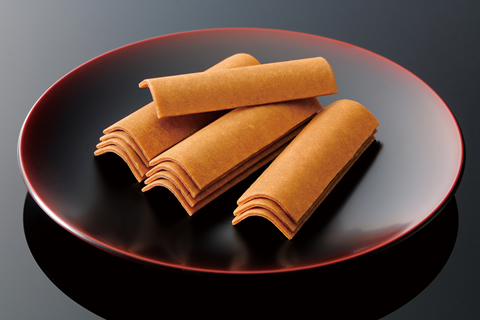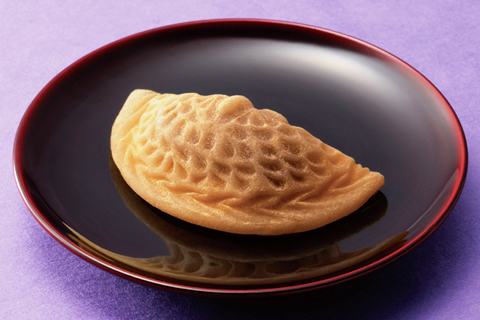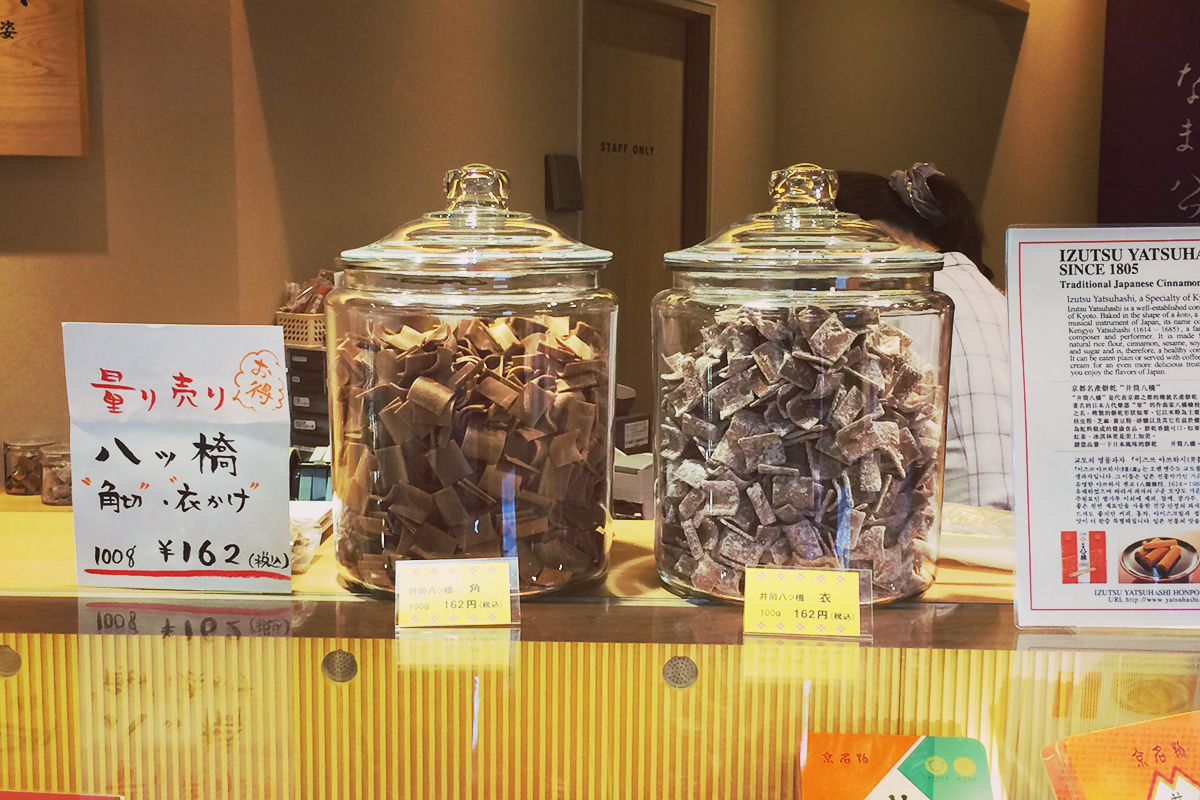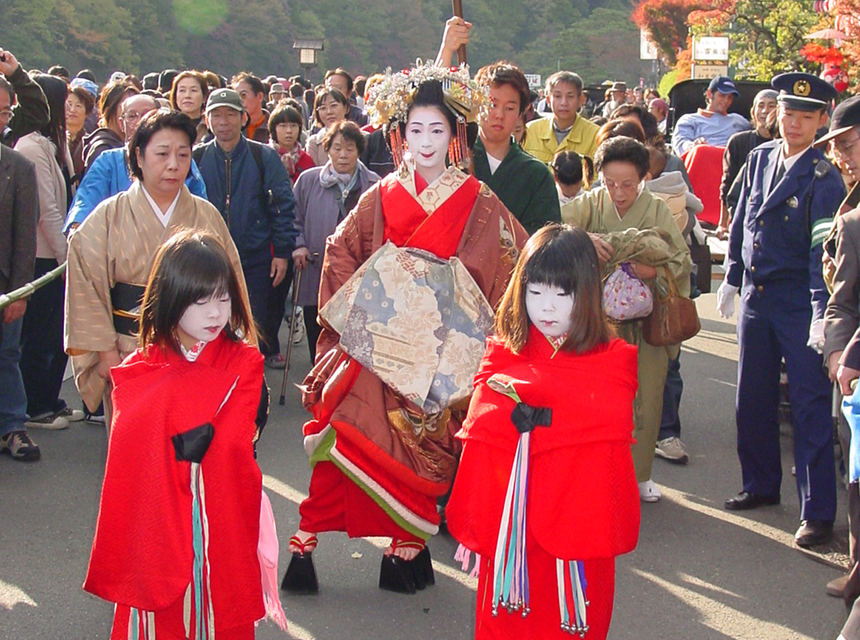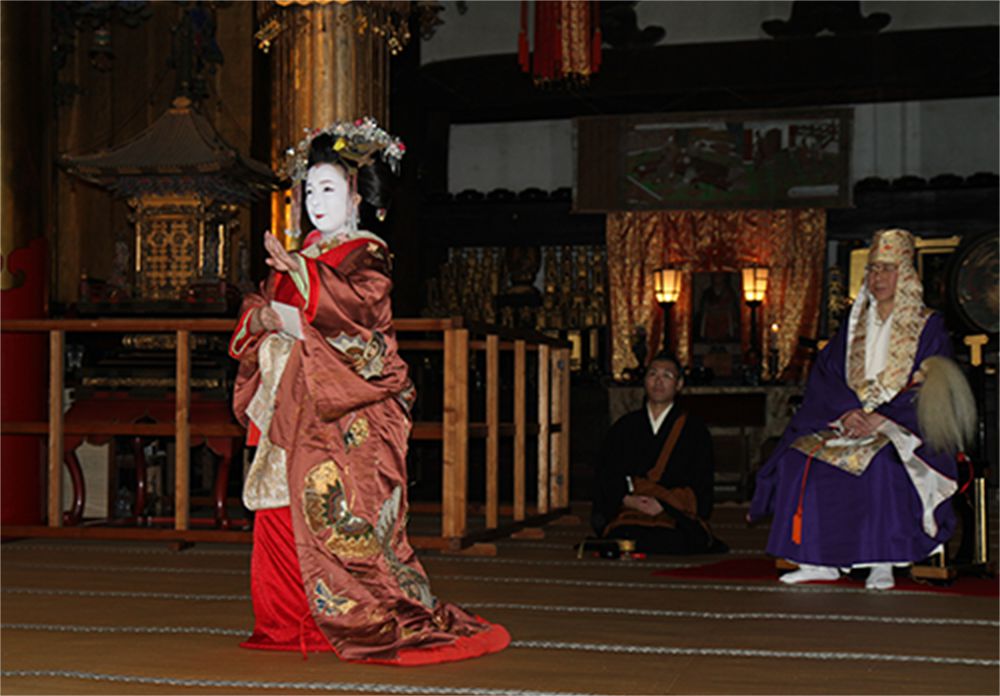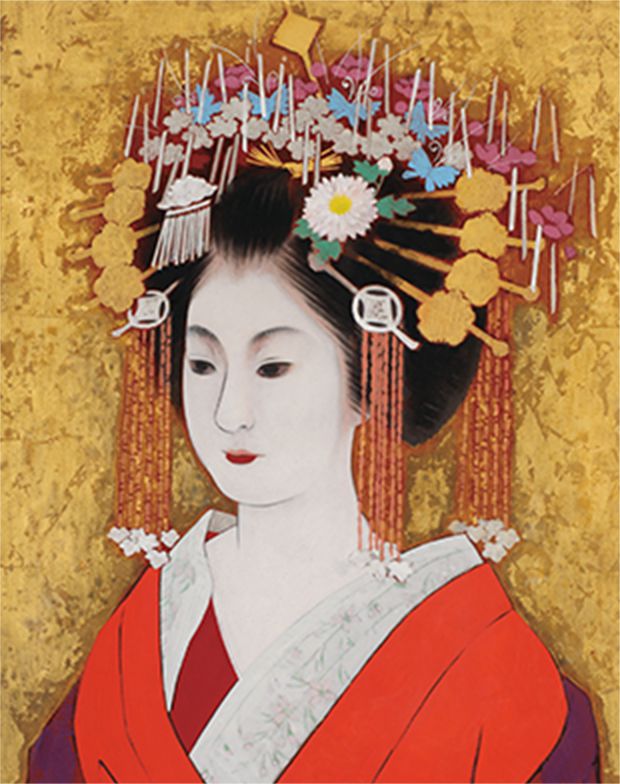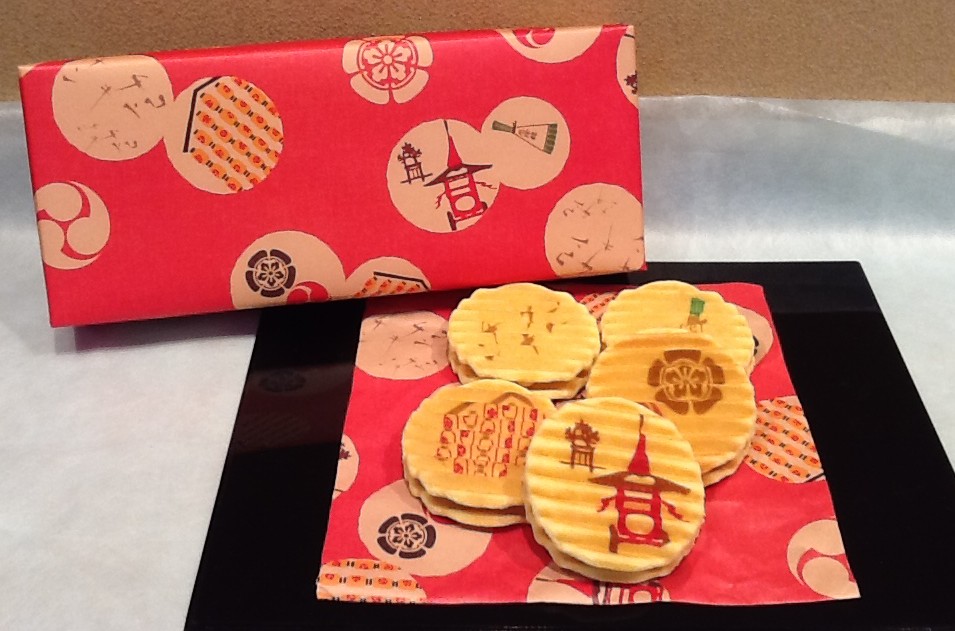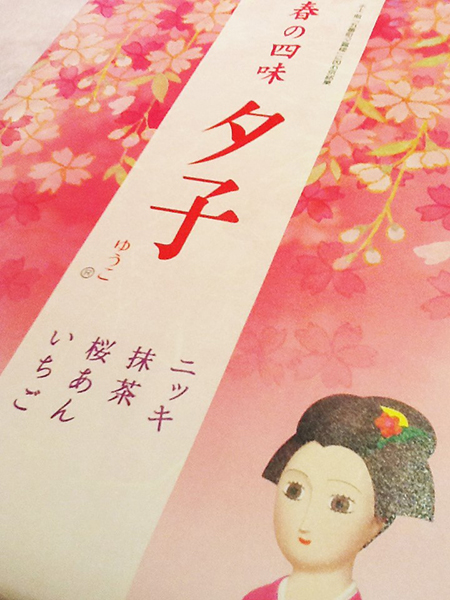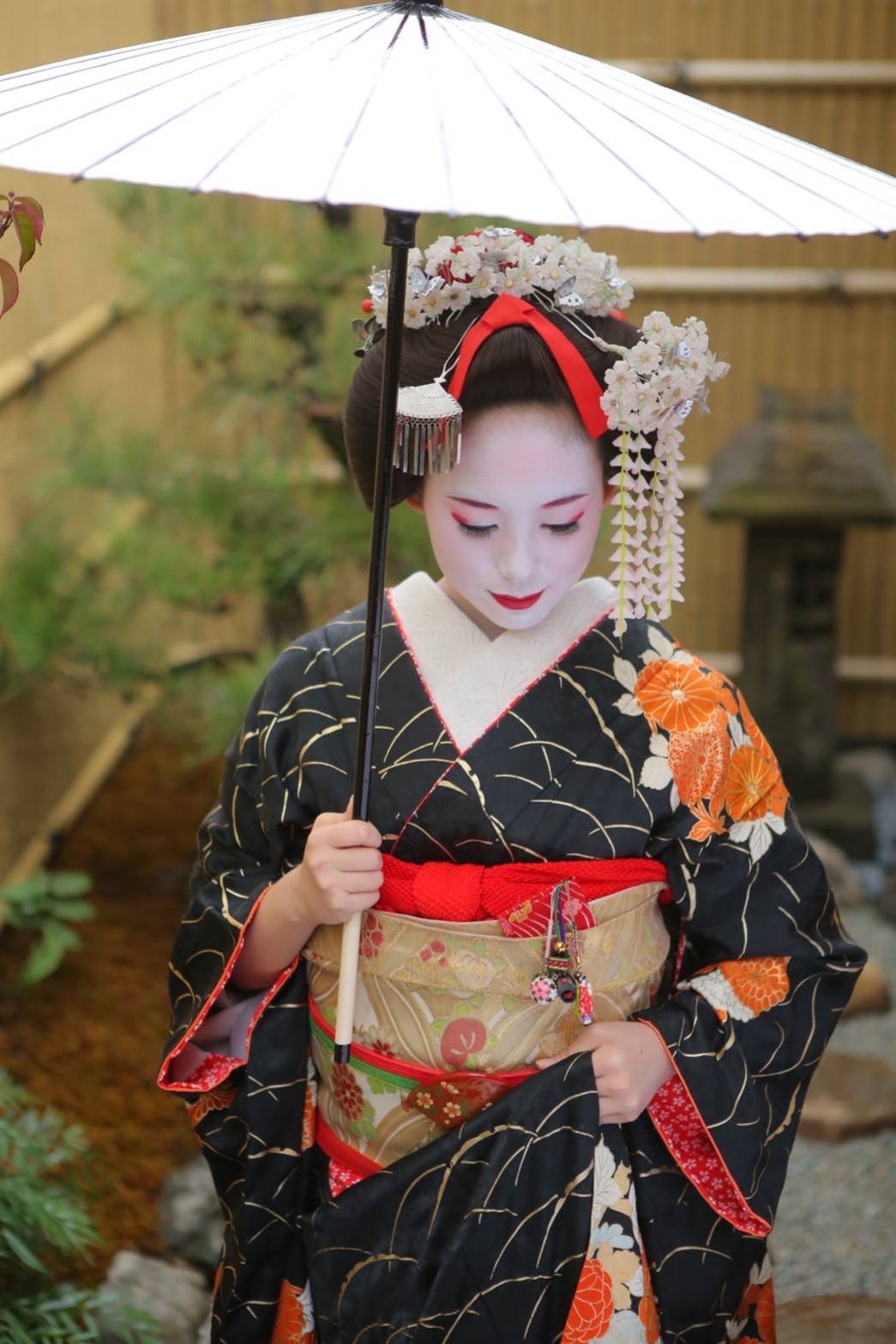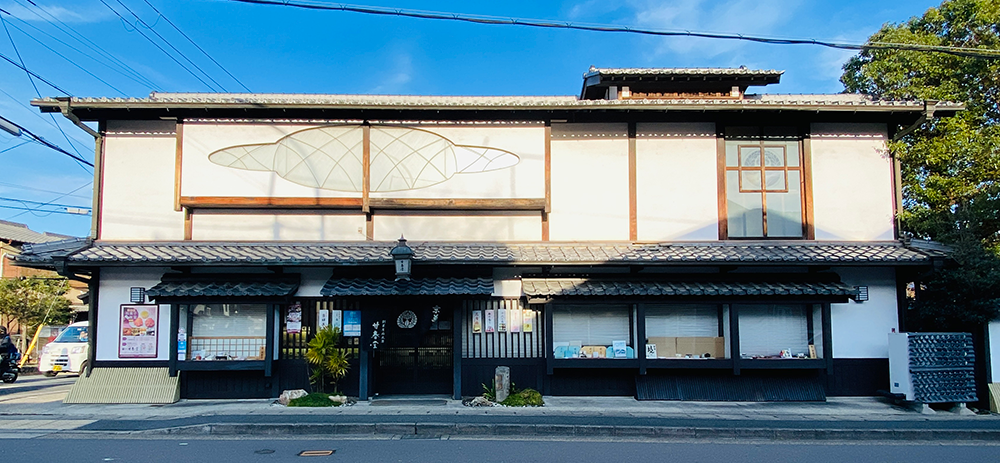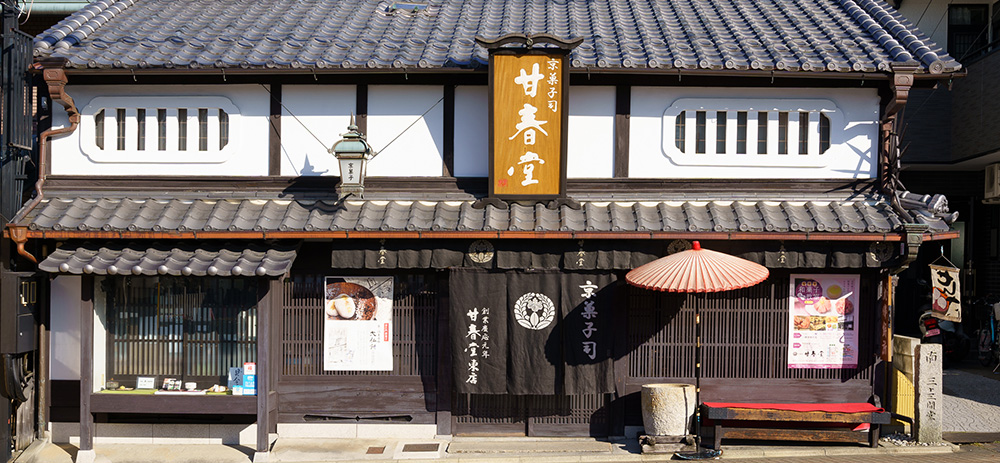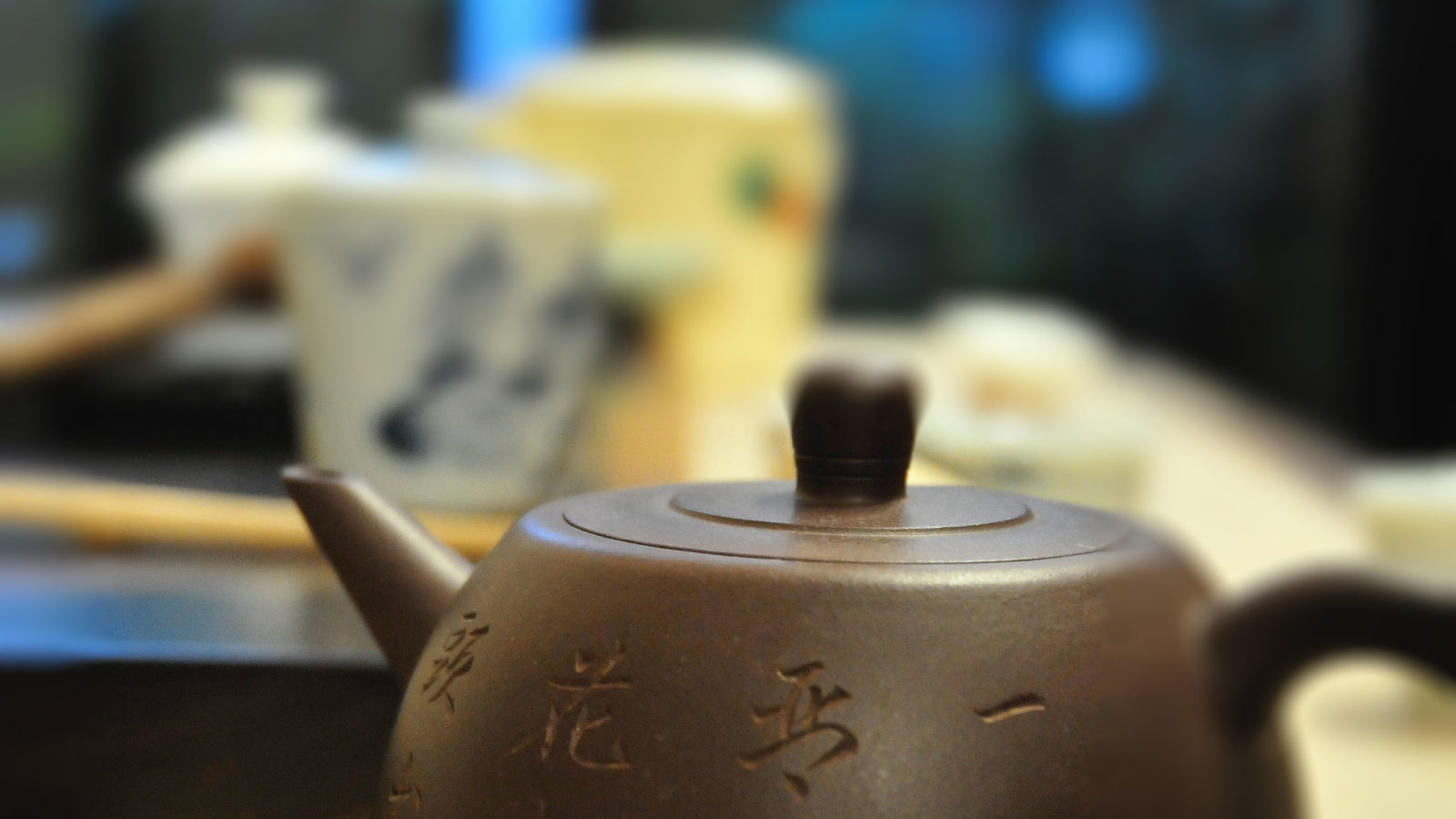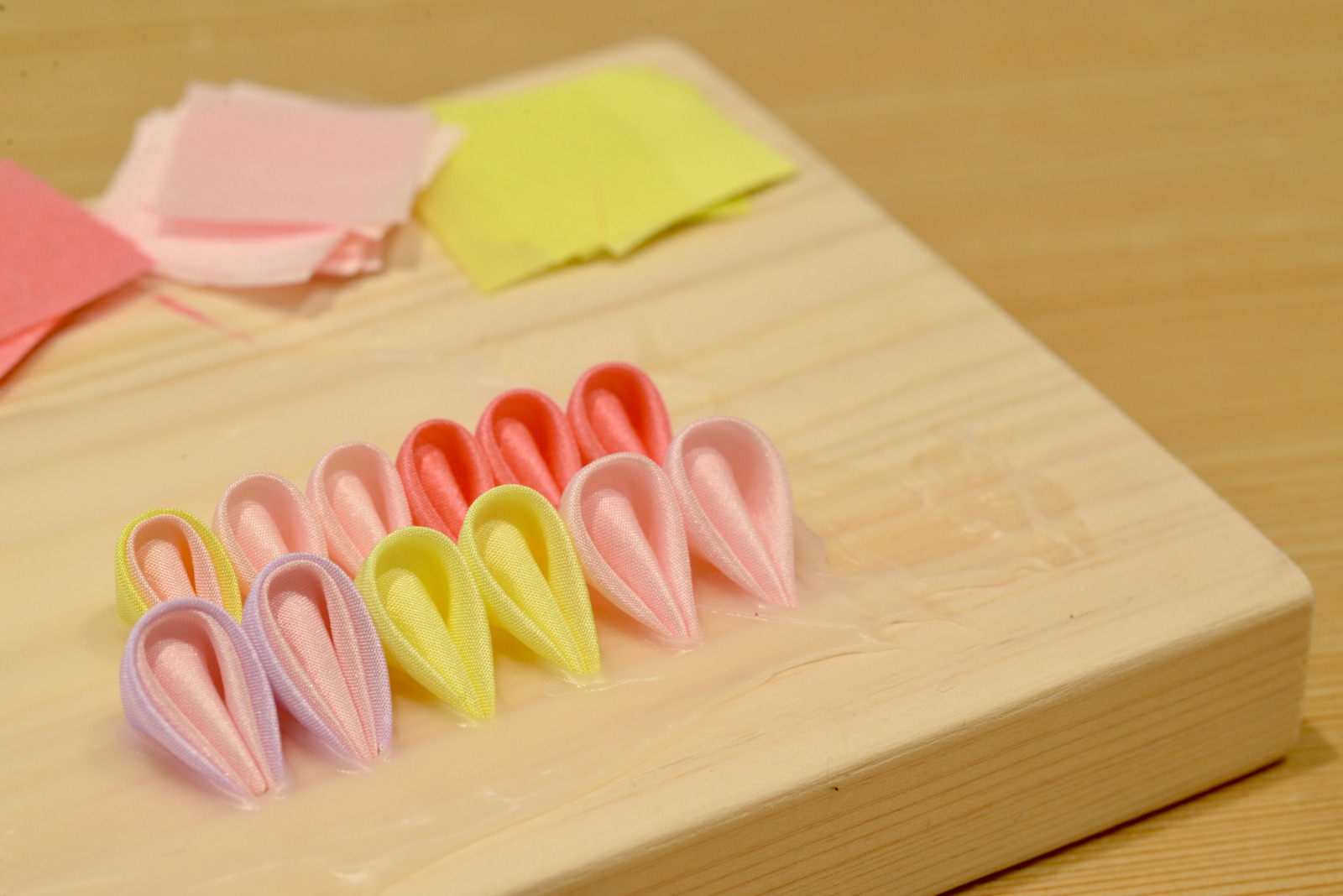

Izutsu Yatsuhashi Honpo: Kyoto
The beginning of Izutsu Yatsuhashi Honpo
In 1805, the first Tsuda Sahei started the business, and that’s where the history of Izutsu Yatsuhashi Honpo began. At the time, the hard-baked rice crackers that were popular at teahouses in Gion were turned into koto-shaped “yatsuhashi” that inherited the virtues of Yatsuhashi Kengyo, the founder of koto music. This is the origin of Izutsu Yatsuhashi Honpo, which is still passed down as “Izutsu Yatsuhashi”.
“Izutsu Teahouse that shaped the geisha culture”
Gion, Kyoto’s representative geisha district, developed from teahouses that catered to visitors to Yasaka Shrine, Kiyomizu Temple, Chion-in Temple, and other places. When seven yagura (theaters) were approved in Gion-cho, it quickly developed into Kyoto’s largest geisha district of “geisha district and performing arts.” Izutsu Teahouse is the place that tells that history. The first proprietress, Kishino Nushi, founded the teahouse in 1603. During the Genroku period, the first owner, Kishino Jirozo, was a shamisen player (Sounza vertical shamisen) and composer, and was praised as a “master of the sangen”. The Ako Roshi, Oishi Kuranosuke Yoshio, often visited Izutsu Teahouse and became friends with Jirozo, co-writing the song “Fox Fire” at Narukami. Later, in 1805, the second year of the Bunka era, the first Tsuda Sahei established “Izutsu” and sold tea and sweets, rice, miso, and soy sauce, as well as catering for Izutsu Teahouse. The hard-baked rice crackers that were popular at teahouses in Gion at the time were “Yatsuhashi” shaped like a koto, inheriting the virtues of Yatsuhashi Kengyo, the founder of koto music. This is the only “Izutsu Yatsuhashi” that bears the name “Yatsuhashi Kengyo”.
“Kyoto Specialty Izutsu Yatsuhashi” “Kyoto Specialty Izutsu Yatsuhashi” is said to be the work of Yatsuhashi Kengyo, the founder of the Yatsuhashi school of koto music. During the Edo period, Kengyo spent his days composing music in Kyoto. Kengyo always treasured things, especially rice, and was concerned about the small amount of rice that remained when washing his rice container. One morning, Kishi no Jirozo, the owner of Izutsu Tea Shop, who Kengyo always looked after, noticed Kengyo washing the rice container and bucket and advised him that it was a waste to throw away the remaining rice. He then taught Kengyo to make hard-baked rice crackers by adding honey and cinnamon powder to small rice, broken rice, and the remaining rice. This is said to be the origin of Kyoto’s hard-baked rice crackers. Later, Yatsuhashi Kengyo passed away in 1685, and in memory of him, the tea shops in Gion, including Izutsu Tea Shop, started selling hard-baked rice crackers shaped like a koto, which they named “yatsuhashi” and sold, and it is said that they became a huge hit.
2F Izutsu Hand-baked Experience
“Kyogoku Ichibangai” is located in the center of the bustling town. On the first floor, you can shop for products made with yatsuhashi and Ogura Dainagon, as well as Japanese goods, and on the second floor, you can enjoy a cafe and experience baking yatsuhashi by hand.
Experience time 10:00-17:00
Closed days Open all year round
Time required 60 minutes
Price (reservation required) 1,320 yen (tax included)
≪As a reservation benefit, we will give you a 300 yen shopping coupon that can be used at Kyogoku Ichibangai at the reception. ≫
16 hand-baked yatsuhashi, packaging materials, plain label, hat, gloves, uniform, and teaching materials
*Souvenir: 16 hand-baked yatsuhashi, a printed yatsuhashi with a limited design for the experience, and a message card
This is the only place in Kyoto where you can take home your own handmade Yatsuhashi. Why not make your own Izutsu Yatsuhashi, which has a 200-year history, as a souvenir for someone special? *Please feel free to contact us regarding use after 3pm or for small groups.
